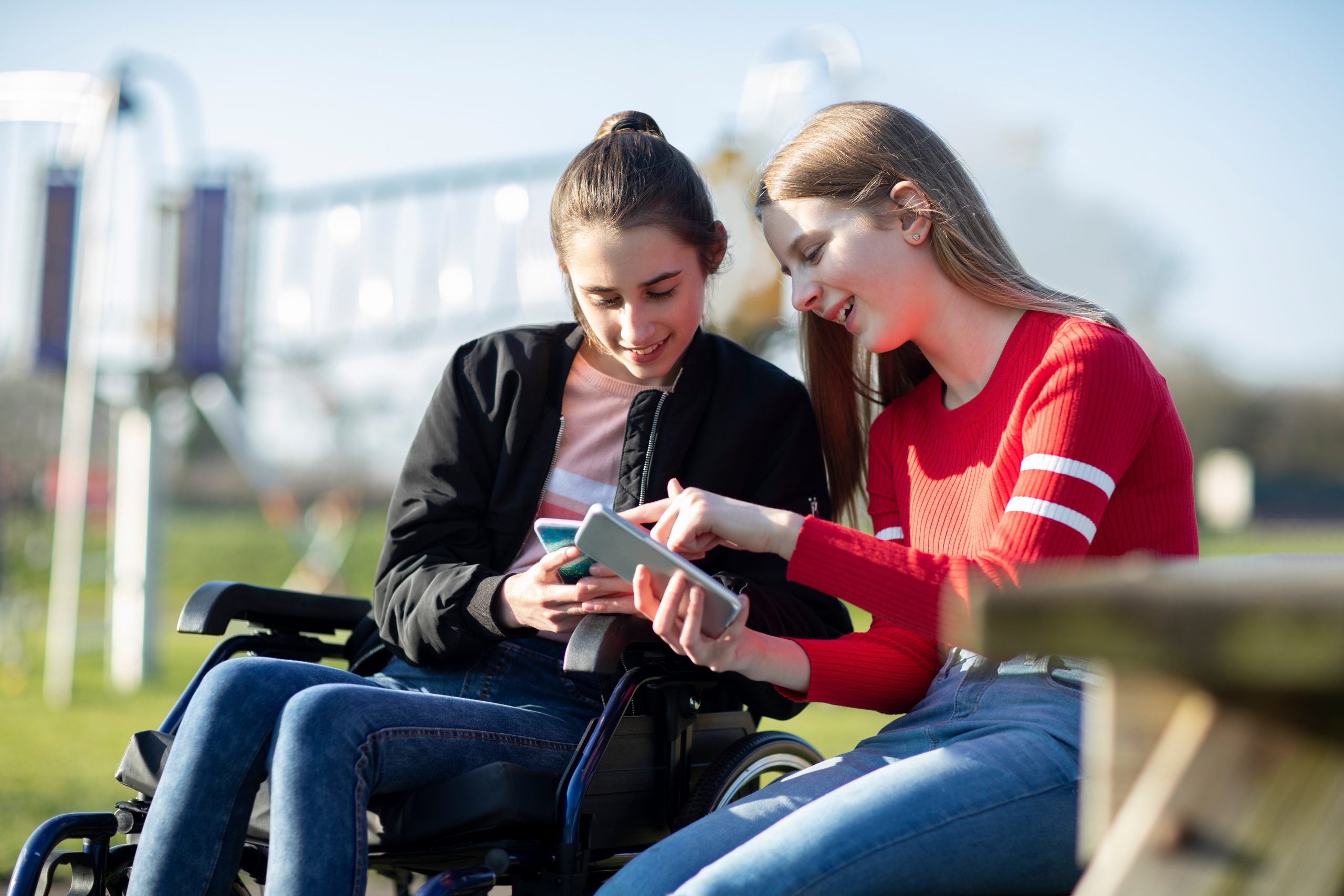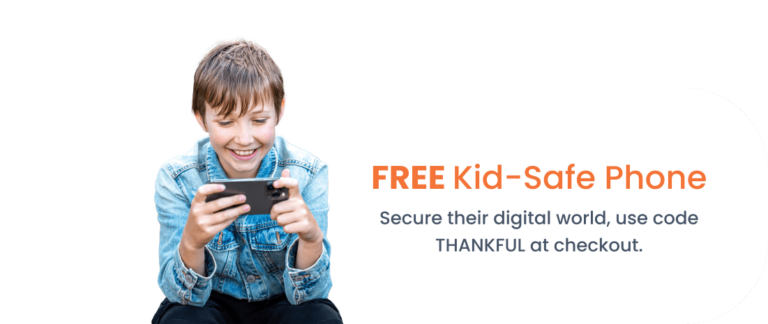Have you worried that your child with disabilities is susceptible to falling behind with remote schooling? With certain states seeing their Covid-19 cases on the rise, it may be a concern for some that this upcoming winter will bring another round of at-home learning. Thankfully, whether your child is learning remotely, or you simply want to supplement their education, there are assistive technology tools for students with disabilities. These tools can help you and your child discover some of the benefits of Elearning.
As the pandemic has unfolded, some parents have decided to go remote full-time or have begun homeschooling. Whatever decisions you’ve had to navigate the past eighteen months, finding the right fit for your family has certainly been top priority. Parents may still have questions. Data and resources can provide a map of the decision-making maze. Here you can read about one study conducted among college students whose classes went virtual in 2020.
But even the usual answers may not feel like enough if your child has a disability. Parents (and teachers) might be asking “How can technology assist students with a disability? What are some examples of assistive technology for specific disabilities?”
Assistive Technologies
Describe That:
This app, designed for the iPad, describes images to those with blindness or visual impairment.
Hearing Aid:
Amplifies sounds surrounding the computer and clarifies audio while you stream.
Hey Granny!:
Provides subtitles.
Dragon Naturally Speaking:
Speaking software that types your speech for hands-free writing. Additional hands-free tips and software suggestions can be found here.
These tools are needed by more than just students. Employees have experienced their commute on the interstate being reduced to a walk down a hall (still in their jammies!). They have looked for additional technological assistance as well. Do you know which type of disability is the most common? Cognitive disabilities are, in general, more common than mobility-related ones, at least for those under sixty. Mobility ranks highest for seniors, according to the CDC’s 2018 report.
Assistive technologies for those with intellectual disabilities
Despite the high numbers of cognitive disabilities, the good news is there are multiple options when it comes to assistive technologies for those with intellectual disabilities! Dyslexia Gold is a website offering programs to help with dyslexia. Easy Dyslexia & Dysgraphia Aid is a phone app with literacy and spelling activities. A quick search in your play store will bring up this app and many others like it. It’s a great tool literally in your pocket for on the go help!
Depression, anxiety, and other psychological struggles also plague many people world-wide. Most people know someone who lives with one of these mental illnesses or may be experiencing something similar themselves. With the rapid pace of technology, there is a market for apps to help with that, too! Headspace is an app available on both iPhone and Android which provides guided meditation, sleep help, and workouts, all working towards a healthier and happier mind!Ready for some awesome news? Headspace is one of Troomi’s KidSmart apps! Troomi is dedicated to using tech as a tool to help your kids grow. We’re here to provide your family with the knowledge—and hardware—(see the phones) to keep technology a positive, beneficial part of your lives!


